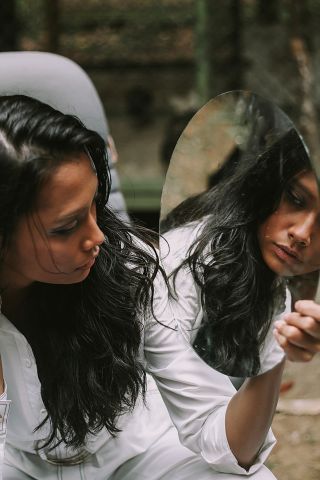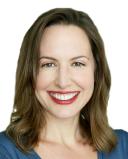Gender
93-Country Survey Reveals Who Spends the Most Time on Beauty
A study finds that worldwide, women spend more time on beauty than men.
Posted March 29, 2023 Reviewed by Gary Drevitch
Well before humans had mirrors, they were engaging in practices designed to increase their physical attractiveness. Evidence of bodily ornamentation and enhancement goes back tens of thousands of years, including early cosmetics, bead adornments, and even skincare products. Today, we can add a wide variety of practices to this list, everything from eyelash extensions and laser hair removal to cosmetic surgery. A survey of thousands of people from 93 different countries sheds light on just how much time people around the world are spending in an effort to be more attractive, and what factors predict spending more or less time on your appearance.
After carefully translating questions into 43 languages, a massive group of researchers administered a survey to over 100,000 participants in 93 countries around the world. The data were all collected in the spring and summer of 2021. The paper detailing the findings of this survey was recently published in the journal Evolution and Human Behavior.
The survey asked respondents how many minutes they spent each day on different types of appearance-enhancing behaviors, including body hygiene, applying cosmetics, exercising, hair grooming, clothing style, and dieting to improve appearance. The survey instructed participants to only count a behavior if they did it to improve how they look. For example, exercising to improve health would not count, but exercising to make one’s body more attractive would. Participants also completed scales measuring media use, gender-role attitudes, individualism, and demographic questions about their relationship status, education, and political views.
The authors used the results of this giant survey to test a range of theoretical predictions about factors that might influence motivation to appear more attractive. Overall, a variety of different theories were supported. For example, consistent with the basic predictions of evolutionary psychology, in every country, women spent more time on appearance-enhancing behaviors than men did – over 2 hours and 40 minutes per week more, on average. The only appearance-enhancing behavior men reported spending more time on (compared to women) was exercise.
The map below shows the size of the gender gap in time spent on appearance-enhancing behaviors for all countries surveyed. Darker colors indicate a bigger gap between men and women; lighter countries indicate men and women in that country spent more similar amounts of time trying to look more attractive – though women always spent more time than men. Gray and white bars indicate the authors had no data from that country.

Consistent with theories focused on sociocultural influences, the level of gender equality in a given country was associated with the time women from that country spent trying to look more attractive. The same pattern held when the authors examined individual gender role attitudes. Women with more traditional gender-role attitudes (i.e., those who were more likely to agree with statements like, “A woman’s most important role is to take care of her home and cook”) spent more time on beauty-enhancing behaviors. Both men and women with the most traditional gender role attitudes spent more time trying to look good – several hours more per week, on average, than those with the least traditional attitudes about gender.

The strongest individual predictor of investing time in appearance-enhancing behaviors was social media use. Those who spent the most time on social media spent 2 hours more per day (on average) on appearance-enhancing behaviors compared to those who spent the least time on social media. This finding is consistent with numerous studies demonstrating that social media feeds tend to emphasize unrealistic beauty ideals in addition to featuring advertisements and tutorials explicitly focused on products and practices meant to make the user more attractive. Social media usage also provides a non-stop barrage of images of highly attractive people to which you can compare yourself, which can further increase the desire to change your appearance.
People with more individualistic attitudes (i.e., people who tend to value their own interests above group interests) spent more time pursuing beauty, as did people who were actively dating (vs. in a committed relationship). Women with lower levels of education and more right-wing political views spent more time on beauty. The effects of age showed an interesting pattern. Middle-aged women spent the least time on appearance-enhancing behaviors; young women and older women spent the most time.
The desire to appear attractive to others is nothing new. But the sheer number of enhancements available today may be contributing to an increase in the amount of time and money people spend trying to change what they see in the mirror. Studies like this one will provide important data as researchers continue to explore how the unrelenting pursuit of beauty shapes the lives of people around the world.


